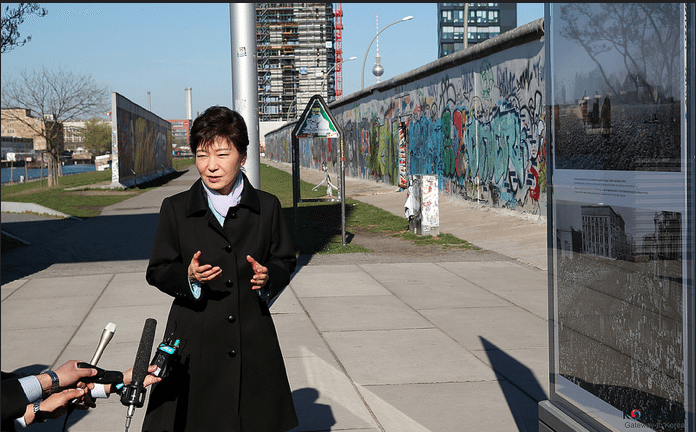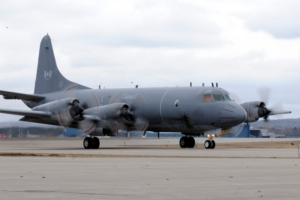In 1910 Norman Angell published his famous book The Great Illusion, in which he argued that war between the interlocked advanced economies would be so dysfunctional that militarism was obsolete. 1914 showed that he was wrong about militarism, but right about the consequences. A variant of this illusion is currently permeating South Korea, based on misconceptions about unification and how to achieve it.
Unification has had a fresh lease of life recently, especially since South Korean President Park Geun-hye’s “jackpot” speech on January 7 of this year. Unification, or more correctly reunification, has been high on the agenda of both Koreas, at least in rhetoric, since 1945. The Korean War of 1950-53 was, of course, an attempt at unification, with both sides having come to the conclusion that force was the only option. It was an assumption not unreasonable under the circumstances. The Chinese Civil War seemed, in 1950, to be on the verge of reunifying China. That reunification was to be thwarted, ironically, by the Korean War itself, but no one knew that in June 1950. Reunification by force was historically the most common way and the American Civil War – by far the bloodiest conflict in American history – was, in the mainstream narrative at least, accepted as a legitimate resolution of the problem of a divided country.
In 1910 Norman Angell published his famous book The Great Illusion, in which he argued that war between the interlocked advanced economies would be so dysfunctional that militarism was obsolete. 1914 showed that he was wrong about militarism, but right about the consequences. A variant of this illusion is currently permeating South Korea, based on misconceptions about unification and how to achieve it.
Unification has had a fresh lease of life recently, especially since South Korean President Park Geun-hye’s “jackpot” speech on January 7 of this year. Unification, or more correctly reunification, has been high on the agenda of both Koreas, at least in rhetoric, since 1945. The Korean War of 1950-53 was, of course, an attempt at unification, with both sides having come to the conclusion that force was the only option. It was an assumption not unreasonable under the circumstances. The Chinese Civil War seemed, in 1950, to be on the verge of reunifying China. That reunification was to be thwarted, ironically, by the Korean War itself, but no one knew that in June 1950. Reunification by force was historically the most common way and the American Civil War – by far the bloodiest conflict in American history – was, in the mainstream narrative at least, accepted as a legitimate resolution of the problem of a divided country.
Try unlimited access
Only $1 for four weeks
-
Unlimited access to all of NK News: reporting, investigations, analysis
-
Year-one discount if you continue past $1 trial period
-
The NK News Daily Update, an email newsletter to keep you in the loop
-
Searchable archive of all content, photo galleries, special columns
-
Contact NK News reporters with tips or requests for reporting
Get unlimited access to all NK News content, including original reporting, investigations, and analyses by our team of DPRK experts.
Subscribe
now
All major cards accepted. No commitments – you can cancel any time.










